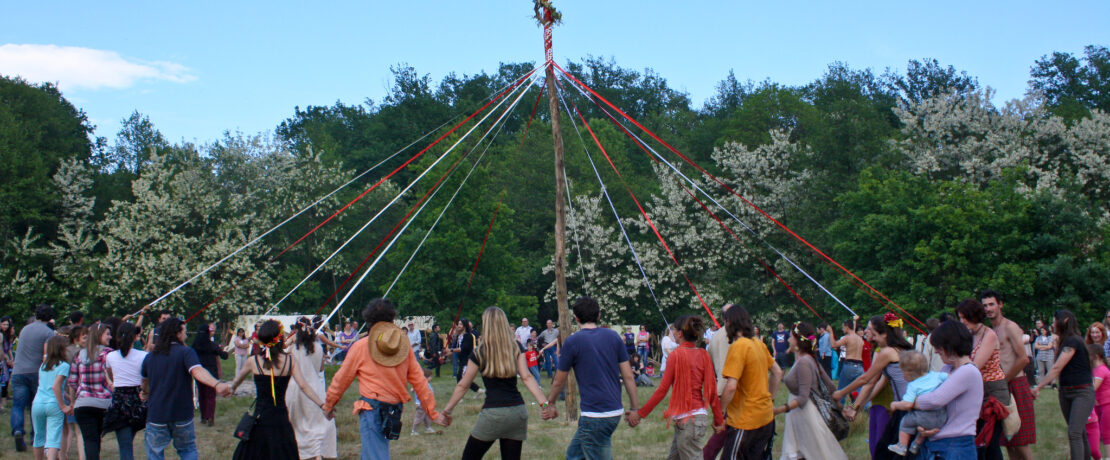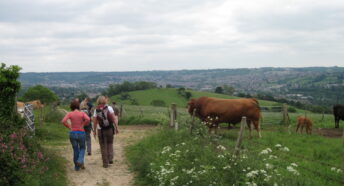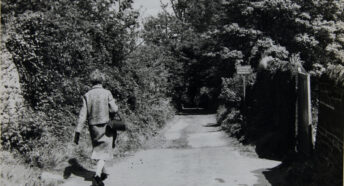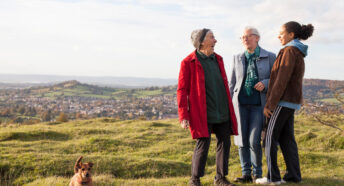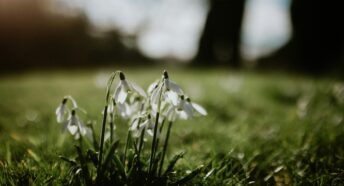The origins of May Day and Beltane
There’s nothing as beautiful as a spring day in May, but have you ever wondered about the origins of the May Day holiday?
After the long winter, May signals the lush blooming of spring and the promise of the summer to come. With it being a Bank Holiday, May Day it’s a great time to get out into the countryside. We have Michael Foot, Labour Employment Secretary, to thank for its institution as a Bank Holiday in 1978. But the roots of May Day lie much further back.
Beltane, the beginning of summer
The Celts named the first day of May ‘Beltane’, which is one of four fire festivals throughout the year along with Imbolc, Lammas, and Samhain. The Celts saw Beltane as the beginning of summer and brought life and fertility back to the world.
Bel was a Celtic deity, or god, and the name Beltane means the ‘fire of Bel’. Fire was central to the celebrations on the belief that it had protective powers. It was thought that rituals of walking around, or even leaping over bonfires would bring good fortune, fertility and happiness to people and their livestock. People created household fires, re-lit from the bonfires and houses were decorated with flowers. Naturally, the rituals were accompanied by much feasting and merriment!
As the years went by, the festivities came to include the crowning of a May Queen and dancing around the maypole. Of course, this is a custom which still takes place in towns and villages across the country. It involves a group of people doing an intricate dance around a tall pole whilst holding a ribbon. It requires much concentration and practice to avoid everyone ending up in a big tangle! If you’re passing through Warwickshire, you can see permanent maypoles on the village greens of Dunchurch and Welford-on-Avon.
Oliver Cromwell put an end to May Day festivities with his Puritan beliefs, and many maypoles were removed. But happily, the rituals were reinstated under Charles II, earning him the name of ‘The Merry Monarch’.
Make the most of May Day
Some interesting and quirky traditions take place today, such as: The Clun Green Man festival, Edinburgh’s Beltane Fire Festival, Jack In the Green festival in Hastings and the Helston Flora and Furry Dance in Cornwall. You can find out more on the BBC Countryfile website.
If you’d like to celebrate May Day at home, you could follow the ritual of washing your face in morning dew, believed to maintain youthfulness and beauty. Or adopt the Irish tradition of decorating a bush in your garden with ribbons, blossom and shells.
Or simply take some time to enjoy the beginning of warmer weather (we hope!) in a green space near you. With the hawthorn blossom blooming, tender new leaves emerging and the industrious foraging of birds for their nests and young, you’re sure to find something to appreciate the coming of May Day.
You could also get involved in our easy volunteering opportunity, Hedgelife Help Out. This fun activity is part of the Big Help Out initiative marking the coronation of King Charles III. You’ll learn about the importance of hedgerows to our precious wildlife and help us build a picture of hedges across the country. You can find out more here.
